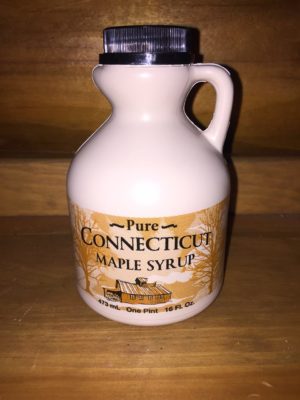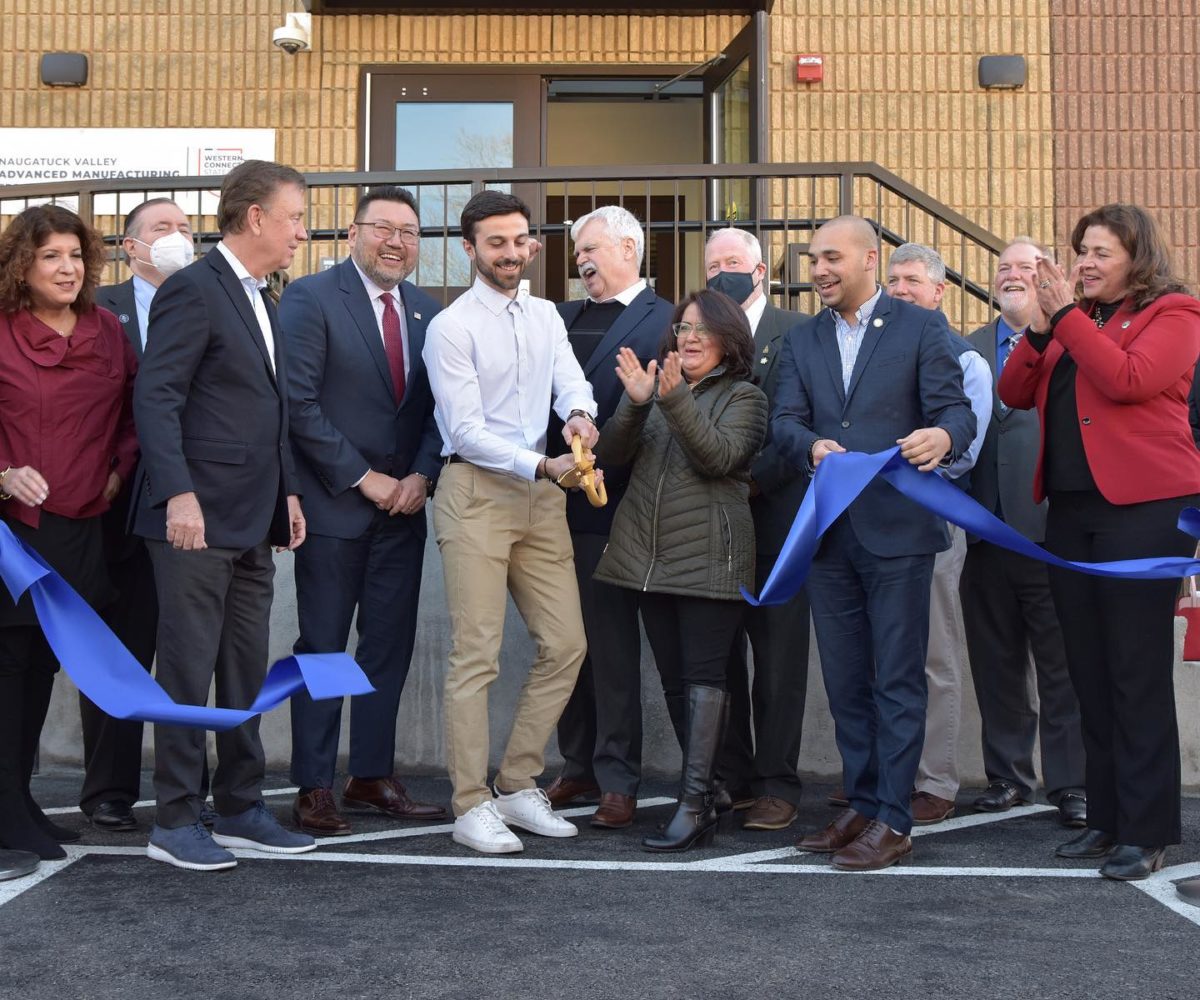Following an unusually warm December, January brought bitterly cold temperatures that many in the state bemoaned. But it was enthusiastically welcomed by the state ‘s small but serious community of maple syrup producers who rely on the freeze-thaw cycle to coax the sap they refine into syrup out of the state ‘s maple trees.
“Last year the harvest was very poor across the entire maple region, ” Mat Wilkinson, president of the Maple Syrup Producers Association of Connecticut (MSPAC).

Wilkinson has firsthand knowledge of the challenges facing maple syrup producers, as he also runs Wilkinson Farm in Tolland County ‘s Columbia. Wilkinson has around 700 taps in trees. In 2021, his crop was only 70% of a normal year, and he reported other association members saw a similar shortfall. Nonetheless, he remains optimistic for 2022 ‘s yield.
“This kind of extended cold freeze-thaw cycle we ‘re experiencing lends itself to a higher sugar content in the sap, ” he said. “This may be a better season than we saw last year, provided the temperatures cooperate during the actual maple season. ”
Wilkinson said there are, on average, 150 members of MSPAC, but Covid has driven many people to experiment with making their own syrup and brought the membership in the past year up as high as 200 members — this includes individuals, farms and community organizations.
According to Wilkinson, Connecticut is ranked tenth among maple syrup producing states. While the U.S. Department of Agriculture (USDA) stopped tracking production outside of the top four states, there is still widespread small-scale production.
“They ‘re tapping down in West Virginia, and Kentucky, ” Wilkinson said.
In 2016, the last year with official USDA statistics, Connecticut produced 20,000 gallons of maple syrup, which represented roughly $1.5 million in product.
“I would say there ‘s only one full-time maple guy in the state, ” Wilkinson continued. “That would be Rob Lamothe of Lamothe ‘s Sugar House in Burlington. ”
But, he added, there are at least 100 commercial scale syrup producers in every county and most municipalities of the state. Many use the syrup to supplement other incomes — for his part, Wilkinson works full time for the National Guard and maintains his sugaring alongside beekeeping. Other syrup producers are hobbyists who don ‘t produce enough to sell.
Wilkinson noted that much of the syrup produced in the state is made with sap gathered from red maples, which are generally considered inferior in terms of overall production compared with sugar maples but have the benefit of being sturdier trees that better withstand the effects of climate change.
“Connecticut has a really large percentage of red maples, about 20% of trees in the state are red maples and about 7% are sugar maples, ” Wilkinson explained. ” Red maples are a bit more versatile and sugar maples are a bit more picky about where they live and grow. ”
That means that while climate change can have an impact on the harvest in Connecticut it will often be a smaller one than in areas that rely more heavily on sugar maples, which may not stand up to changing climate conditions.
Wilkinson said that another aspect of maple production in Connecticut is that since farmers are able to sell almost all of what they produce directly through farmer ‘s markets or retail sales, they don ‘t worry about bulk prices.
“The average retail price for a gallon of syrup in Connecticut was $70, and I would say it ‘s probably gone up and closer to $75, ” Wilkinson said, adding that the business is driven more by passion than finance.
“We do it because we love it, ” he said. “If we paid ourselves, we ‘d go broke. There ‘s a lot of hours in it but we love what we do, and just like any agriculture you can ‘t really look at it in an hourly rate. “

















